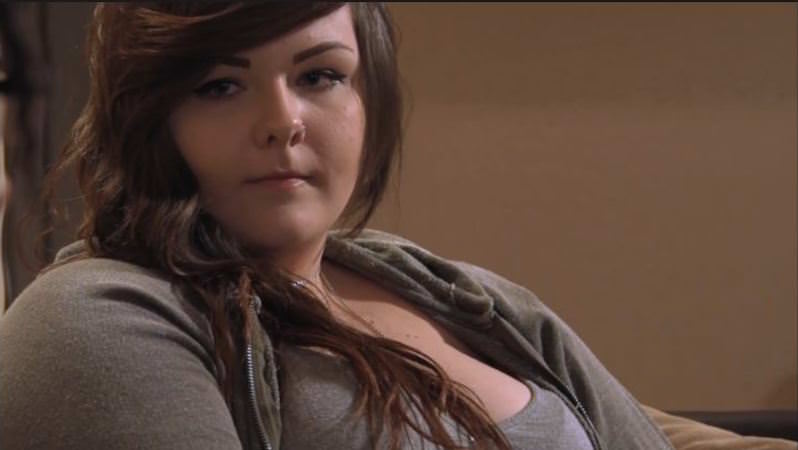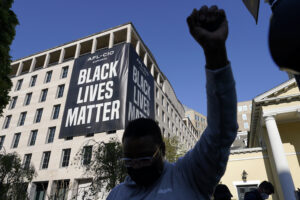In ‘White People,’ an Attempt to Break the Cycle of Ignorance
In a new documentary by journalist and activist Jose Antonio Vargas, white millennials come face to face with their own tendency to blame minorities for their problems before engaging in critical research to find out the truth. Still image taken from "White People." (MTV)
Still image taken from "White People." (MTV)
If the white majority in the United States is going the way of the dodo, as the new documentary “White People” posits, will white millennials be able to answer filmmaker and Pulitzer Prize-winning journalist Jose Antonio Vargas’ question: “How are you going to adjust to this new American reality?”
As a student at Howard University — a historically black institution in Washington, D.C. — I’ve found that the experience of what it means to be black in America is always a hot topic. The halls and classrooms of Howard spring to life at any hint of a debate on blackness. Complacency isn’t a viable option for me or my fellow minority students. If we don’t have these conversations, others will be all too happy to have them for us.
But watching my white millennial counterparts struggle to have some of these same conversations in Vargas’ documentary was disconcerting, to say the least.
The documentary, which airs Wednesday on MTV, provides a platform for the dwindling white majority. The grievances that the documentary’s white subjects express seem trivial compared to what people of color must deal with on a daily basis in a country where African-American communities face rampant police brutality, where immigrants from Mexico and elsewhere face deportation and other major challenges, and where Muslims and others face religious attacks. Even as the viewer is left exasperated at constant failure by the documentary subjects to see past their own navels, one can still hope that this generation will break the cycle of white ignorance.
“It feels like I am being discriminated against,” Katy, an 18-year-old white community college student, says in the film. She is concerned with what she sees as racial bias at her school. Katy’s words seem to display all the hallmarks of white privilege. At the very least, they suggest a deep misunderstanding of what discrimination is.
It turns out, according to Vargas, that white students are eligible for 96 percent of scholarships and are more than 40 percent more likely to receive private scholarships. As Katy comes to terms with reality, she begins to see her frustrations for what they truly are: resentment about limited resources in the academic arena. The fact that these statistics were so readily available to Vargas also potentially points to Katy’s poor research abilities, which may be a factor in her inability to find scholarships. What is truly frightening — but not at all shocking — is the tendency for the white millennials in the film to place blame on minorities before engaging in critical research to substantiate their beliefs.
Other subjects in the documentary seem more aware of the realities of racism.
“I can’t escape internalizing what we have done in America,” Samantha, a white college graduate who works as a teacher on the Pine Ridge Indian Reservation in South Dakota, says. As a woman experiencing firsthand what it means to be white in a place where students see her as “the other,” Samantha struggles to gain the acceptance of her students in the face of a complicated history.
“You stole our land, and you won’t even let me go to the bathroom,” a student on the reservation jokes.
As with the student, it is a common coping mechanism for minorities to joke about grim realities, but as this documentary shows us, perhaps the reality is not so grim. This message is especially important for white millennials to take to heart because, after all, this difficult racial conversation has at least started.
Your support matters…Independent journalism is under threat and overshadowed by heavily funded mainstream media.
You can help level the playing field. Become a member.
Your tax-deductible contribution keeps us digging beneath the headlines to give you thought-provoking, investigative reporting and analysis that unearths what's really happening- without compromise.
Give today to support our courageous, independent journalists.






You need to be a supporter to comment.
There are currently no responses to this article.
Be the first to respond.